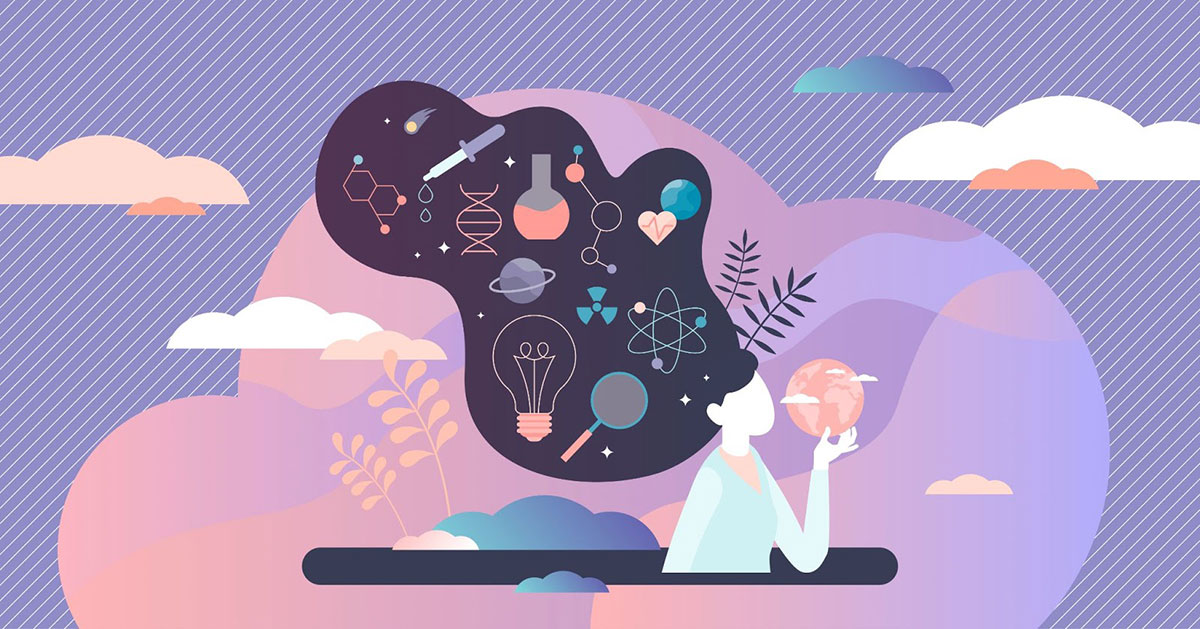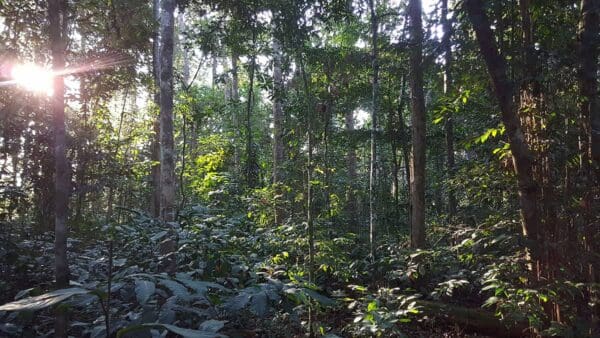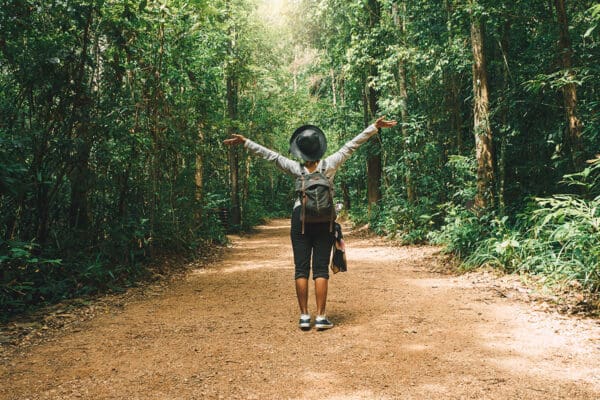Medical Editor: Dr. Lynn Marie Morski, MD, Esq
Ibogaine Analog Research
Ibogaine is known to be a powerful medicine for treating people who experience substance dependencies. But for patients with certain pre-existing conditions, ibogaine can be dangerous and possibly fatal. Ibogaine research was halted in the United States last century but continued elsewhere as an underground ibogaine community.
Over three decades of research, ibogaine studies have resulted in a number of deaths due to fatal arrhythmias or cardiopulmonary arrest. As a result, researchers have developed synthetic ibogaine analogs that eliminate the cardiac risk. The analogs developed thus far also eliminate the psychoactive effect of ibogaine. And while they are becoming increasingly popular for the future of ibogaine research, a new question is emerging: if the waking dream state that ibogaine is known for is not stimulated, are those analogs still effective?
18-MC: the First Ibogaine Analog
While ibogaine research was blocked, a team under Stanley Glick set to work at Albany college, and in 1996 a derivative of ibogaine was created called 18-MC (methoxycoronaridine). 18-MC and several derivatives have been developed and applied to various conditions but have not been approved for addiction treatment. However, there are currently trials underway to investigate 18-MC and addiction. 18-MC also shows promise in animal trials for treating alcohol, opiate, and nicotine addiction.
18-MC is structurally similar to ibogaine as they share the same molecular base, called the ibogamine ring system. While ibogaine is known to carry a high cardiac risk, 18-MC does not, and it does not induce a “trip” or visionary component. However, it similarly helps interrupt the opiate withdrawal process.
18-MC has other properties aside from its studies with substance use disorder. 18-MC was also shown to be effective against a parasitic disease called leishmaniasis. About 12 million people suffer from leishmaniasis, and current treatments either have severe side effects or are simply not adequately effective. 18-MC was shown to be particularly effective due to having anti-parasitic properties, something people claim anecdotally about iboga and ibogaine.
In 2009, a pharmaceutical company licensed the use of 18-MC. Savant HWP received over $6 million in NIDA funding to support clinical trials for addiction treatment using 18-MC. However, Savant was slow to market, and in 2019 was acquired by a Canadian psychedelic pharmaceutical company, MindMed, which is currently conducting clinical trials on 18-MC as an opiate addiction treatment.
TBG is an Ibogaine Analog
Another ibogaine analog gaining attention is tabernanthalog (TBG). It was developed at the University of California, Davis, with a team led by David Olson in 2020. The TBG analog also lacks the visionary experience of ibogaine, but it does not induce the arrhythmias that can occur with ibogaine. Curiously, some scientists suggest that the psychedelic experience is not part of the therapeutic process, despite a long history of visions and psychedelic experience as being integral to their healing.
TBG does increase the development of new dendritic spines and dendrites in rat brains, similar to other psychedelics such as ketamine and MDMA. By changing neuronal structure in areas of the rat brain responsible for depression, anxiety, and post-traumatic stress disorder (PTSD), TBG may be effective at treating more than one mental health disorder at once, and it’s reasonable to assume TBG might also have a similar effect in humans.
TBG was highly effective in reducing self-administration of heroin and cocaine using a single dose treatment mode. Mice cut back on self-administration of alcohol while rats cut back on heroin and sustained periods without relapse of opiate use. However, no clinical trials have demonstrated the long-term potential of ibogaine analogs.
Synthetic Ibogaine Research
Though the ibogaine alkaloid itself cannot be patented, the method of administration for specific health conditions can be. For drug development companies, there may be more of an incentive to develop a new drug than to work on moving forward ibogaine treatment from its current categorization as a Schedule I drug with no recognized medicinal value.
MindCure has launched a program to synthesize ibogaine, citing that manufacturing their own version of synthetic ibogaine would be a way to support ibogaine sustainability.
The company says they have found evidence to support ibogaine’s ability to address traumatic brain injuries and peripheral neuropathy. Citing ibogaine’s neuroprotective, neurotrophic, and neuroplasticity properties, MindCure also calls for a closer look at ibogaine and its potential to address neurodegenerative disorders such as Parkinson’s and Alzheimer’s.
Sustainable Ibogaine Analogs
The ibogaine compound is most concentrated in the iboga shrub, native to the Congo region of West Africa. Sourcing ibogaine extracted from this plant is highly unethical, as the plant is an endangered sacrament protected by international law. An alternative source, Voacanga africana, is a more sustainable alternative for producing the ibogaine hydrochloride (HCl) typically used in treatment.
The Voacanga africana tree, which grows in abundance in many places in Africa, contains the ibogaine alkaloid, but extracting it requires a semi-synthetic process. However, Voacanga-derived ibogaine HCL appears to have the same mechanism of actions, visionary, and cardiotoxicity as iboga-derived ibogaine HCL. The semi-synthetic ibogaine HCl is remarkably similar to the natural ibogaine HCL, and ibogaine providers mostly agree that ‘psychedelic’ quality is not lost during this production. Voacanga-ibogaine HCL should have certificates to verify the source of the ibogaine HCl to confirm it is not derived from Gabonese iboga.
It is unclear where Voacanga ibogaine HCl first originated, but there are some reports online of Bob Sisko funding research and production into sustainable agriculture and the extraction of Voacanga africana. Chris Jenks, a Ph.D. chemist, has published literature on the ibogaine and iboga alkaloid extraction processes, helping to refine the Voacanga africana extraction process so that ibogaine is available from a sustainable source.
Where is Ibogaine Analog Research Headed?
Trials are currently underway with ibogaine analogs thanks to a renewed interest in research — and funding.
Like ibogaine, its analogs also carry antimicrobial properties. Phase 2 trials are scheduled for 18-MC and its ability to treat cutaneous leishmaniasis. A company called MindCure is also working on psychedelic research development, including studies with ibogaine for treating neuropathic pain and brain trauma.
In order to better assess the safety profile, MindMed completed a Phase 1 trial of 18-MC to “Assess the Safety, Tolerability, and Pharmacokinetics of 18- Methoxycoronaridine Administered Orally to Normal Healthy Volunteers.” They announced Phase 2 trials for opiate-dependent individuals using a “Single Ascending Dose” study. Their “Multiple Ascending Dose” trial will follow.
Does Ibogaine Only Work When You Trip?
The benefit of ibogaine analogs, perhaps, is that reduced toxicity means that those who may not qualify for ibogaine therapy might be eligible for treatment with an analog. But if the psychedelic experience itself is necessary for long-term healing or behavior change, then these analogs may not prove as effective overall, though potentially therapeutic in the short-term.
Some providers report that visions are not guaranteed with ibogaine. Patients might only experience psychedelic mindstates, with emergent thinking and realizations, rather than psychedelic visions. Similarly, some people report not remembering or experiencing anything at all.
Other providers make the point that the visionary state is merely fireworks or a movie to watch while the ibogaine and noribogaine do the real work to make their notable neurobiological changes. Some providers report that participants of low and repeated dosing protocols, where the participant ingests smaller ibogaine doses over a long period of time, still describe liberated states of perception and new thought patterns. However, it is unknown if this is solely a result of the neurobiological changes that occur due to accumulated doses or if something else happens with ibogaine’s mechanism of action upon the onset of ingestion whether or not someone has a visionary experience.
A final thought: While they are generally less toxic, and do not contribute to Tabernanthe iboga’s sustainability crisis, until the research is permitted, we will not know whether or not analogs are more or less effective than ibogaine for treating specific conditions.
Regardless if ibogaine is used in its pure or analog forms, integration specialists often point out that the experience of the medicine is only as effective as the level of preparation and inner work people have undertaken beforehand and the actions people take after the experience.
It’s not unreasonable to assume that there will always be demand for an authentic psychedelic experience using psychoactive ibogaine. But, non-psychoactive analogs will have their place and treatments. It is possible that more people who wouldn’t otherwise be able to receive some of the healing effects of ibogaine due to exclusionary criteria may now have options.








